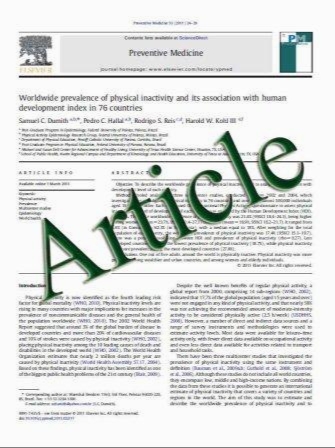Surveillance of patients affected by Peutz- Jeghers syndrome: diagnostic value of MR enterography in prone and supine position
- نوع فایل : کتاب
- زبان : انگلیسی
- مؤلف : F. Maccioni, N. Al Ansari, F. Mazzamurro, F. Barchetti, M. Marini
- چاپ و سال / کشور: 2011
Description
Introduction: Peutz-Jeghers syndrome (PJS) is a familial polyposis syndrome characterized by multiple hamartomatous polyps throughout the gastrointestinal tract. The aim of our study was to retrospectively determine the diagnostic value of MR enterography (MRE), performed in supine and prone position, in the detection of small bowel polyps in PJ patients. Materials and methods: We retrospectively reviewed MRE examinations of 8 PJS patients who underwent MRE, pushed-double-ballon enteroscopy, laparoscopic endoscopy or surgery, within 3 months. Polietilenglicole was orally administered before the examination. True FISP and HASTE sequences were acquired in supine and prone position; 3D VIBE Gd-enhanced sequences in prone position only. Results: Concordance between MRE and endoscopy was 72.6% for polyps <15 mm, 93% for polyps >15 mm. In supine and prone position concordance with endoscopy for polyps <15 mm was 63% and 66.8%, respectively. In the detection of smaller polyps the difference between supine position only and supine plus prone position was statistically significant (P < 0.027). Discussion: MRE performed by combining prone and supine position was accurate in the detection of PJS polyps, with 93% concordance with enteroscopy for larger and more risky polyps. MRE offers a promising and non invasive alternative to capsule endoscopy, suggesting the possibility of an effective yearly surveillance in PJ patients.
Abdom Imaging (2011) DOI: 10.1007/s00261-011-9739-4


